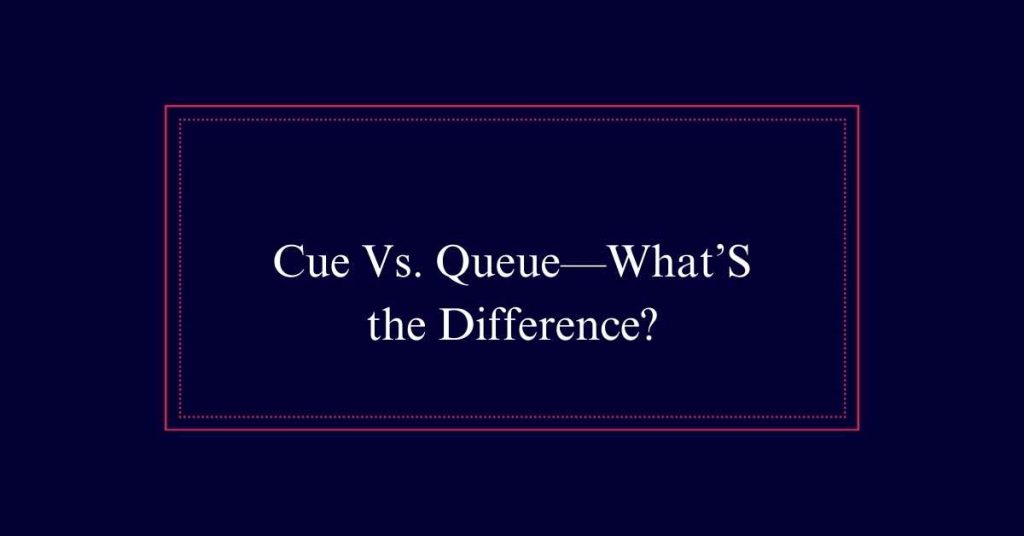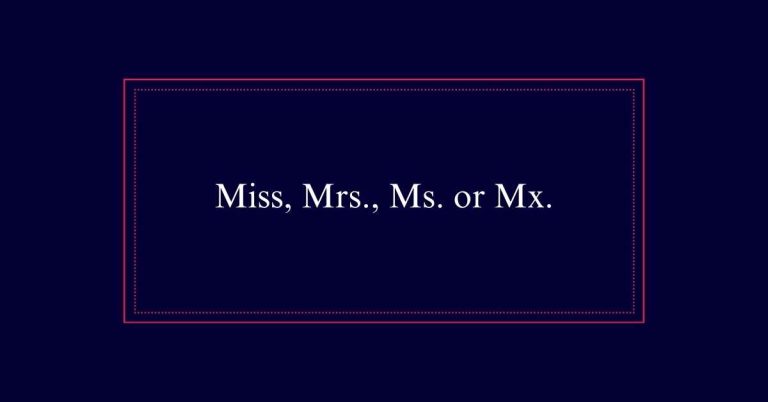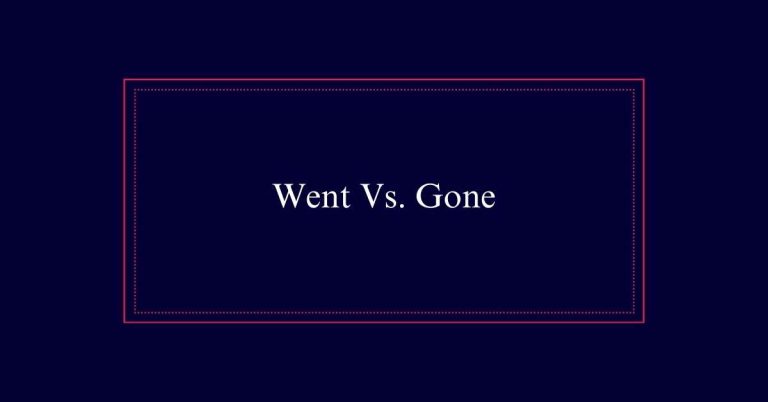Cue Vs. Queue—What’S the Difference?
“Cue” and “queue” are homophones with different meanings. “Cue” refers to a signal or prompt for action, often used in theater, psychology, and sports. It can also mean a hint or suggestion guiding behavior. “Queue,” on the other hand, denotes a line of people or items waiting their turn. It originates from the Latin word for “tail” and is commonly used in contexts involving order or sequence, such as lining up for services.
Cue Definition
In theatre, a cue signals when a specific line or action should commence. This term likely originates from the Latin word ‘quando,’ meaning ‘when.’
A cue serves as a prompt or hint, triggering a specific response or memory. For example, an actor in a play waits for cues to deliver lines accurately. Beyond theatre, cues help recall memories in the brain.
In everyday language, we often use phrases like ‘cue up the tape’ or ‘did you miss a cue?’ In sports, a cue refers to a stick used in billiards or shuffleboard. Therefore, the concept of a cue spans various contexts, emphasizing its role in prompting timely actions or responses.
Historical Origins of Cue
The concept of a cue, pivotal in various contexts, has intriguing historical origins rooted in language and theatre.
The term ‘cue’ likely stems from the Latin word ‘quando,’ meaning ‘when.’ This origin is fitting, as cues in theatre indicate when an actor should speak or perform an action.
The word evolved through Old French and Middle English, maintaining its association with timing and signals. In theatre, cues are essential for the smooth flow of performances, ensuring actors know their precise moments to enter, speak, or react.
Over time, the term expanded beyond theatre, encompassing any prompt or signal that triggers a specific response or memory. Understanding these origins highlights how cues have been integral to communication and coordination throughout history.
Uses of Cue
Cues play an essential role in guiding actions, evoking memories, and facilitating communication across various fields.
In theatre, cues signal actors when to begin their lines or actions, ensuring seamless performances.
In psychology, retrieval cues help individuals recall specific memories.
In everyday language, cues serve as prompts or hints, guiding conversations or actions.
In sports like billiards, a cue stick is essential for gameplay, directing the movement of balls.
In music, cues indicate when musicians should start or stop playing, maintaining harmony.
The versatility of cues underscores their importance in various domains, from arts to daily interactions.

Cue in Expressions
Expressions incorporating ‘cue’ enrich our language by providing vivid imagery and precise instruction.
In theater, ‘take your cue’ means to act based on a prompt, ensuring smooth performances.
In everyday language, ‘cue up the music’ directs someone to prepare audio for play.
The phrase ‘missed the cue’ signifies failing to notice an important prompt. These expressions convey clear actions or reminders, making communication efficient.
The use of ‘cue’ extends to memory and learning, where ‘retrieval cues’ help recall information.
In sports, especially billiards, ‘cue’ signifies the stick used to hit balls, demonstrating the term’s versatility.
Such expressions illustrate how ‘cue’ offers clarity and direction in diverse contexts.
Examples of Cue
Numerous examples illustrate the diverse applications of ‘cue’ in language and activities.
In theatre, a cue signals when an actor should deliver a line or perform an action. This usage extends beyond the stage to everyday scenarios, such as signaling when to start a process or conversation.
In psychology, retrieval cues help trigger specific memories.
In sports, a cue refers to a stick used to strike balls in games like billiards.
- Theatre: An actor waits for a cue to begin their dialogue.
- Memory: Certain smells or sounds act as retrieval cues for memories.
- Sports: A cue stick is essential in billiards.
- Conversations: A slight nod can serve as a cue to speak.
Queue Definition
A queue, derived from the Latin word for ‘tail,’ refers to a line of people or vehicles waiting their turn. In British English, a queue can be seen outside shops, bus stops, or airports. It symbolizes orderly waiting.
The term also finds relevance in computing, where a queue manages tasks or commands in sequential order. For example, a print queue organizes documents waiting to be printed.
Additionally, in some cultures, a queue refers to a braid worn down the back. The phrase ‘jump the queue’ means to cut in line, reflecting a breach of etiquette.
Historical Origins of Queue
Understanding the historical origins of queue provides insight into how this concept of orderly waiting has evolved over time. The term ‘queue’ comes from the Latin word for ‘tail,’ reflecting the visual of people lining up one after the other.
This practice dates back to ancient civilizations, where orderly lines were essential for maintaining social order and fairness. Over time, the concept of queuing spread globally and took on various cultural significances.
- Ancient Rome: Citizens lined up for public distributions of food and goods.
- Medieval Europe: Queues were common at markets and fairs.
- 19th Century Britain: Queuing became formalized during industrialization with the rise of public services.
- Modern Computing: The term ‘queue’ is used in data processing to manage tasks efficiently.
Uses of Queue
Queues play an essential role in maintaining order and efficiency in various aspects of daily life and technology. In everyday scenarios, queues guarantee that services are provided on a first-come, first-served basis, whether at a bank, grocery store, or public transport. This system prevents chaos and ensures fairness.
In technology, queues are pivotal for managing tasks. They organize data processing, handling tasks in sequence, such as print jobs or network packet transmission. This orderly management avoids system overload and optimizes performance.
Additionally, queues are used in software development for task scheduling and resource allocation, ensuring that processes run smoothly and efficiently. Therefore, queues are essential tools for both societal functionality and technological operations.
Examples of Queue
Consider various real-life and technological scenarios where queues effectively maintain order and efficiency.
In daily life, queues manage the flow of people, vehicles, and tasks, ensuring smooth operations and reducing chaos.
In technology, queues are crucial for processing tasks in an organized manner.
- Supermarkets: Customers wait in checkout lines, ensuring orderly payment processing.
- Traffic: Vehicles line up at traffic signals, preventing congestion and maintaining a steady flow.
- Customer Service: Call centers use queues to manage incoming calls, ensuring each customer is served in turn.
- Computing: Print queues manage multiple documents sent to a printer, processing them sequentially.
These examples illustrate the practical applications of queues, highlighting their importance in maintaining systematic operations in various contexts.
Key Differences
Differentiating between cue and queue involves examining their distinct meanings and applications. A cue is a prompt or signal. It is used in contexts like theater, where it indicates when an actor should speak or move. Additionally, a cue can be a hint or reminder, and in sports, a cue is a stick used in games like billiards.
Conversely, queue refers to a line of people or objects waiting for their turn. It is common in British English to describe people standing in line. In computing, a queue is a list of tasks awaiting processing.
Despite their similar pronunciation, cue and queue serve different functions and should be used appropriately based on context.
Frequently Asked Questions
How Do Cues Function in Memory Recall?
Cues function in memory recall by triggering associated memories or information. These cues serve as prompts that activate specific neural pathways, helping individuals retrieve stored data more effectively. This process is essential for efficient memory retrieval and learning.
What Is the Role of a Cue in Theatre?
In theatre, a cue signals when an actor should begin their lines or actions. It guarantees coordination and timing on stage. A cue can be a word, sound, or gesture, facilitating smooth performance shifts.
How Is a Queue Managed in Computing Systems?
In computing, a queue is managed by storing and retrieving commands or data in a specific order, typically First In, First Out (FIFO). This guarantees that tasks are processed in the sequence they arrive.






